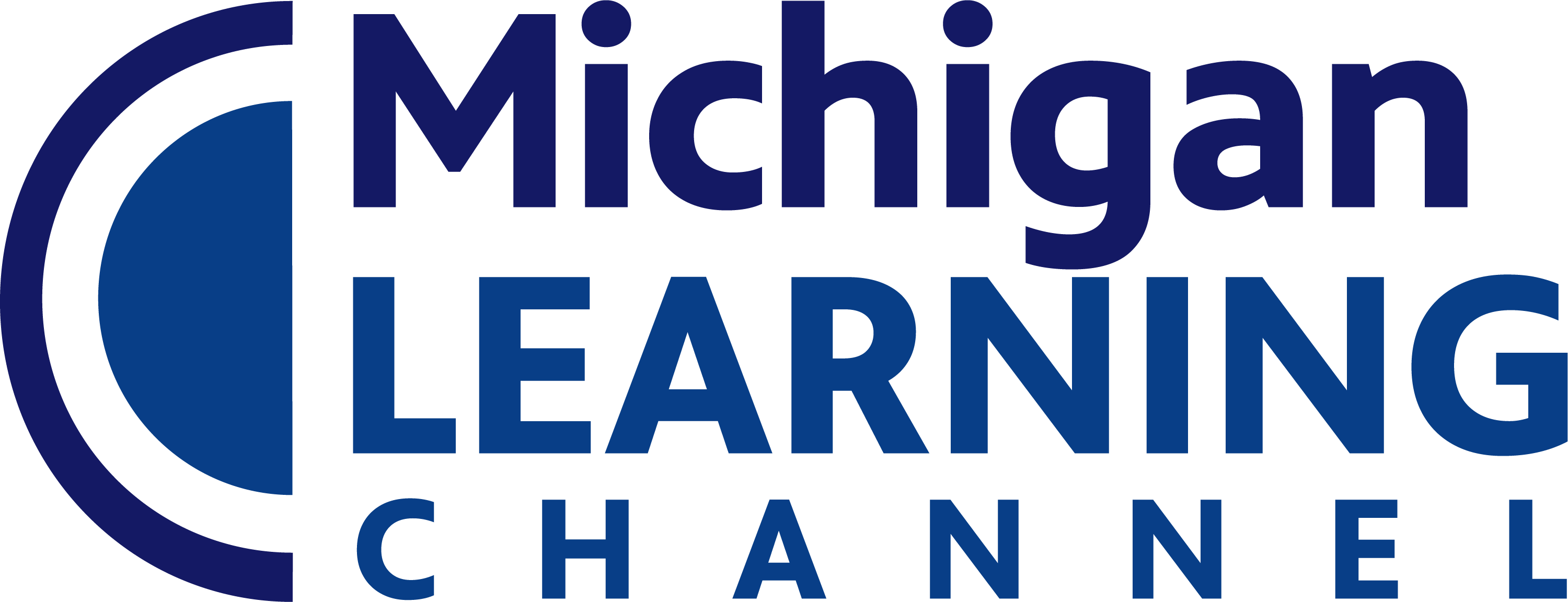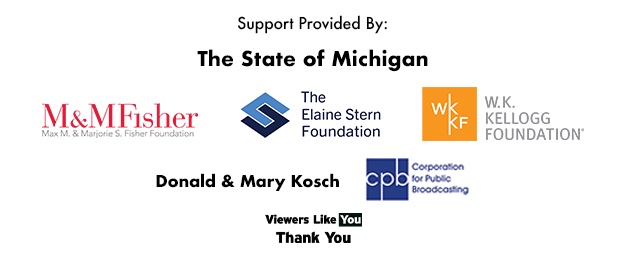Subjects
Shows
Distinguish between similarly spelled words by identifying the sounds of the letters that differ.
I can read the words in grade level texts accurately. I can use the pictures in a book to describe [...]
I can use pictures and words to tell what I think about a topic or a book.
I can tell a story about something that happened. I can tell what happened first, next, and last. I can [...]
I can use digital tools to produce and publish my writing with help from adults.
I can work with others to research a topic. I can work with others to write about a research topic.
I can use my words to share my thoughts and ideas with a partner or group. I can listen to [...]
I can look at the illustrations in the text and describe what I see. I can explain how illustrations help [...]
I can compare and contrast the experiences of the characters in a story.
I can respond to books by sharing my thoughts and ideas. I can respond to books by asking or answering [...]
I can tell how two people, places, or things are connected in text.
I can identify the front cover, back cover, and title page of a book.
I can look at the illustrations in the text and describe what I see.
I can tell the reasons an author gives to support points in the text.
I can tell what is the same between two texts about the same thing.
Demonstrate understanding of the organization and basic features of print.
I can hold a book correctly. I can recognize how books are read from left to right and top to [...]
I can recognize that words are created by putting letters together in a specific order.
I can recognize that words are separated by spaces before and after them.
I can identify an uppercase and/or lowercase letter by saying its name.
I can respond to books by sharing my thoughts and ideas. I can respond to books by asking or answering [...]
I can identify the characters in a story. I can identify the settings in a story. I can identify major [...]
Identify shapes as two-dimensional (lying in a plane, “flat”) or three-dimensional (“solid”).
Analyze and compare two- and three-dimensional shapes, in different sizes and orientations, using informal language to describe their similarities, differences, [...]
Model shapes in the world by building shapes from components (e.g., sticks and clay balls) and drawing shapes.
Compose simple shapes to form larger shapes. For example, "can you join these two triangles with full sides touching to [...]
Count forward beginning from a given number within the known sequence (instead of having to begin at 1).
Write numbers from 0 to 20. Represent a number of objects with a written numeral 0-20 (with 0 representing a [...]
Understand the relationship between numbers and quantities; connect counting to cardinality.
When counting objects, say the number names in the standard order, pairing each object with one and only one number [...]
Understand that the last number name said tells the number of objects counted. The number of objects is the same [...]
Understand that each successive number name refers to a quantity that is one larger.
Count to answer “how many?” questions about as many as 20 things arranged in a line, a rectangular array, or [...]
Identify whether the number of objects in one group is greater than, less than, or equal to the number of [...]
Compare two numbers between 1 and 10 presented as written numerals.
Represent addition and subtraction with objects, fingers, mental images, drawings (drawings need not show details, but should show the mathematics [...]
Solve addition and subtraction word problems, and add and subtract within 10, e.g., by using objects or drawings to represent [...]
Decompose numbers less than or equal to 10 into pairs in more than one way, e.g., by using objects or [...]
Subjects
Shows
Distinguish between similarly spelled words by identifying the sounds of the letters that differ.
I can read the words in grade level texts accurately. I can use the pictures in a book to describe [...]
I can use pictures and words to tell what I think about a topic or a book.
I can tell a story about something that happened. I can tell what happened first, next, and last. I can [...]
I can use digital tools to produce and publish my writing with help from adults.
I can work with others to research a topic. I can work with others to write about a research topic.
I can use my words to share my thoughts and ideas with a partner or group. I can listen to [...]
I can look at the illustrations in the text and describe what I see. I can explain how illustrations help [...]
I can compare and contrast the experiences of the characters in a story.
I can respond to books by sharing my thoughts and ideas. I can respond to books by asking or answering [...]
I can tell how two people, places, or things are connected in text.
I can identify the front cover, back cover, and title page of a book.
I can look at the illustrations in the text and describe what I see.
I can tell the reasons an author gives to support points in the text.
I can tell what is the same between two texts about the same thing.
Demonstrate understanding of the organization and basic features of print.
I can hold a book correctly. I can recognize how books are read from left to right and top to [...]
I can recognize that words are created by putting letters together in a specific order.
I can recognize that words are separated by spaces before and after them.
I can identify an uppercase and/or lowercase letter by saying its name.
I can respond to books by sharing my thoughts and ideas. I can respond to books by asking or answering [...]
I can identify the characters in a story. I can identify the settings in a story. I can identify major [...]
Identify shapes as two-dimensional (lying in a plane, “flat”) or three-dimensional (“solid”).
Analyze and compare two- and three-dimensional shapes, in different sizes and orientations, using informal language to describe their similarities, differences, [...]
Model shapes in the world by building shapes from components (e.g., sticks and clay balls) and drawing shapes.
Compose simple shapes to form larger shapes. For example, "can you join these two triangles with full sides touching to [...]
Count forward beginning from a given number within the known sequence (instead of having to begin at 1).
Write numbers from 0 to 20. Represent a number of objects with a written numeral 0-20 (with 0 representing a [...]
Understand the relationship between numbers and quantities; connect counting to cardinality.
When counting objects, say the number names in the standard order, pairing each object with one and only one number [...]
Understand that the last number name said tells the number of objects counted. The number of objects is the same [...]
Understand that each successive number name refers to a quantity that is one larger.
Count to answer “how many?” questions about as many as 20 things arranged in a line, a rectangular array, or [...]
Identify whether the number of objects in one group is greater than, less than, or equal to the number of [...]
Compare two numbers between 1 and 10 presented as written numerals.
Represent addition and subtraction with objects, fingers, mental images, drawings (drawings need not show details, but should show the mathematics [...]
Solve addition and subtraction word problems, and add and subtract within 10, e.g., by using objects or drawings to represent [...]
Decompose numbers less than or equal to 10 into pairs in more than one way, e.g., by using objects or [...]


